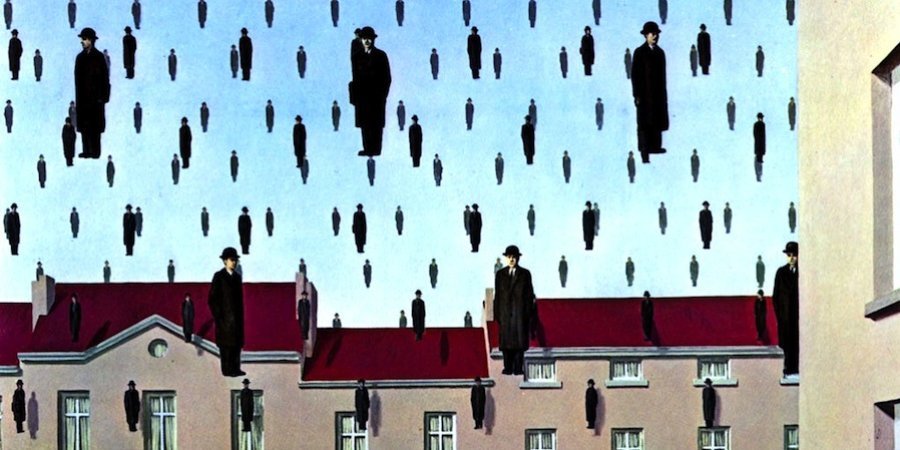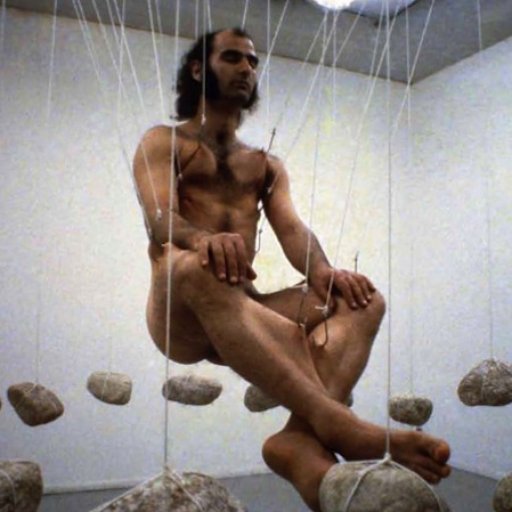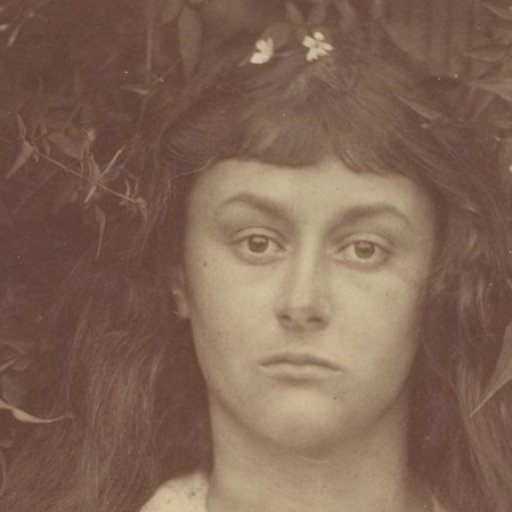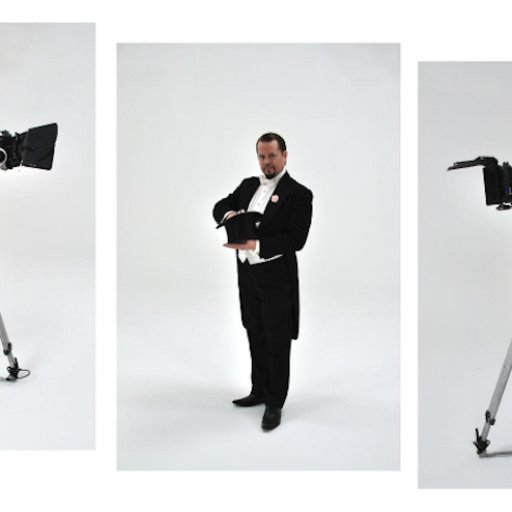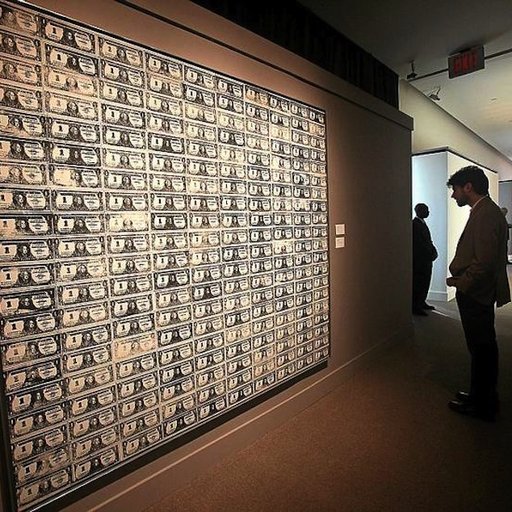The best polemics, as Jon Stewart has proven, are the humorous ones. So it was last week, when the veteran journalist Deborah Solomon unleashed her latest art commentary on NPR. Her topic is an art-world evergreen, and so in especial need of a light comic touch. It wasn't the excesses of the art market—that was Jerry Saltz's subject of the week, targeting the sale of Interview magazine owner Peter Brant's $50-million orange Jeff Koons balloon dog at Christie's New York this November.
No, Solomon's target was gender inequality in the visual arts, specifically the domination this fall of the large monographic shows at New York museums by white men. "This is an art season that could make you think that the feminist movement had never happened," Solomon said.
And the problem isn't only gender disparity. It's also that these guys have a strong "creepiness factor." Somehow, when she puts it this way, it doesn't even seem surprising.
The three shows are "Balthus: Cats and Girls" at the Metropolitan Museum of Art, opening September 25; "Magritte: The Mystery of the Ordinary" at the Museum of Modern Art, opening September 28; and "Chris Burden: Extreme Measures" at the New Museum, opening October 1.
So it's not just male artists, but "male artists who specialize in a particularly obnoxious kind of sexuality," that is to say, Balthus. Though he is a great figure painter, he had a serious "Lolita problem," she noted. His work is interesting largely due to its unsettling subtext of pedophilia.
Creepy is in the eye of the beholder, of course, but along with Magritte's portraits of frozen men and Burden's self-destructive performances, the three exhibitions do render the male as, well, more than a little peculiar. Now that I think about it, I realize that I actually prefer art that makes other men look ridiculous.
Solomon closed by asking her radio audience, "Do you think that museums should be giving equal time and equal space to women museums?"
So, what's the answer? I posted Solomon's question on Facebook and asked for comments. Kathe Burkhart, the artist known for her fabulously aggressive paintings of Liz Taylor (often sporting a dildo), wrote, "Walter, that's every fucking fall for two million years. But Balthus and Magritte totally rock, in my book."
The painter Joanne Greenbaum, a maker of large colorful abstractions who splits her time between New York and Berlin, simply posted without comment the press announcement for "Tumescence," a show at Michael Werner Gallery of works by Peter Doig, Sigmar Polke, and a couple more guys. Speaking of which, did you know that the architect and art collector Philip Johnson once said, regarding sex in art, "that slight tumescence that you feel sometimes is part of seeing.''
The painter Mike Cockrill, who has made his own contributions to the notion of immature sexuality, and once sued David Salle for copyright infringement (he won a $2,000 settlement), urged that art be taken on its own terms. "Let it speak," he wrote.
And the artist Paul Brainard, whose work is dark and detailed, seemed to pitch in with Jerry Saltz, writing, "What about artists who make abstract wallpaper to sell to investment bankers. Now that is creepy."
The irrepressible Solomon, who during her ten-year tenure as Q&A correspondent for the New York Times Sunday Magazine managed to upset all sorts of people (she seems to have asked tough questions and, god forfend, edit her interviews for space), is sadly not exactly an equal-opportunity art institution herself. The author of a 2004 biography of Joseph Cornell and a 2001 book on Jackson Pollock, Solomon now has "American Mirror," a long-awaited biography of Norman Rockwell, due out from Farrar, Straus & Giroux on November 5. If you're keeping score, and we're not, that puts her personal tally in the war between the sexes at 0-3.
We do have a serious answer to Solomon's question, posed by the artist John Powers on a panel several years ago, without getting much traction in the interim. His solution is to establish a kind of Title IX program at art museums, modeled on the 1972 federal law designed to abolish gender discrimination in higher education. Title IX has been particularly effective in college athletics, substantially boosting participation in women's sports. In the art world, such a measure would require gender proportionality in funding for art exhibitions, acquisitions and the like. "We have proof on the ground that women do want to be involved," Powers pointed out. "But the art world is a conflicted place, at once liberal in outlook and and laissez-faire capitalist in practice."
On a different panel several years ago, I argued that the feminist battle had more or less been won. The art world supports gender parity in theory and practice; we have plenty of women artists, curators, critics and dealers—one fall show at MoMA is in fact devoted to the collection of the late dealer Ileana Sonnabend, and another one will showcase the career of sculptor Isa Genzken. Progress is even being made in the marketplace, despite the continued dominance of the auction rooms by white men. I only half-believed what I was saying, but even so got no push-back from a largely female audience. I imagine they were just being polite.
Returning to MoMA, that museum of record issues a sort of annual report, available on its website, that lists some 141 pages of acquisitions. Zeroing in on painting and sculpture, it looks like the museum added 48 works to its collection in the category; 18 are by women. The selection is not bad at all, and ranges from Tomma Abts, Kerstin Bratsch, and Lygia Clark to Eva Rothschild, Nikki de Saint Phalle, and Pat Steir. Such calculus is complicated, however, by the fact that most acquisitions are gifts.
Could Title IX boost gender parity in the arts? Not being a curator or a museum employee, I like the idea and think it deserves consideration. But I'd lay money that it doesn't have a snowball's chance of going anywhere. Not in this art world, and not with these polemics.
Walter Robinson is an art critic who was a contributor to Art in America (1980-1996) and founding editor of Artnet Magazine (1996-2012). He is also a painter whose work has been exhibited at Metro Pictures, Haunch of Venison, and other galleries; he currently has a new show on view at Dorian Grey Gallery in New York's East Village. Click here to read his previous See Here column on Artspace.











